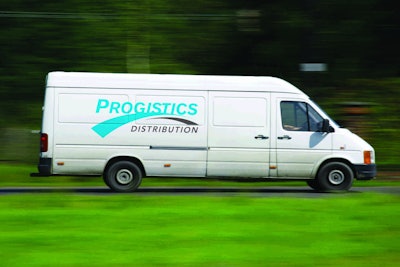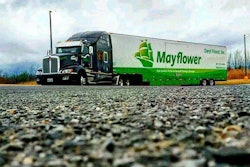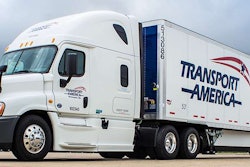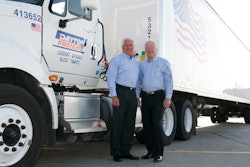CCJ Innovators profiles carriers and fleets that have found innovative ways to overcome trucking’s challenges. If you know a carrier that has displayed innovation, contact CCJ Editor Jeff Crissey at [email protected] or 800-633-5953.

The ecommerce boom of the last few years has opened up new last-mile delivery opportunities for Progistics Distribution, which has on-demand and urgent delivery services as core segments of its business.
“This is an exciting time,” says Joel Ritch, chief executive officer. “The landscape has changed dramatically in the last three to four years. Until then, the concept of ecommerce really did not exist.”
The ecommerce phenomenon has greatly increased customer expectations for service. What used to be a minimum three- to four-day turnaround from order to delivery just a few years ago has shortened to next-day service – and even same-day service in the case of Amazon, which offers that rapid turnaround in 27 metropolitan cities across the country for more than one million items.
“We have been providing same-day service for companies like Saks, Nordstrom and Macy’s for as long as I can remember,” says Ritch, “but now product is coming directly out of stores instead of warehouses, and people want their packages delivered in only one to two hours.”
But the last-mile market is fraught with inefficiencies and higher costs of business than most other trucking segments.










